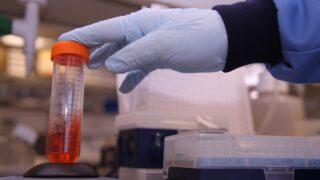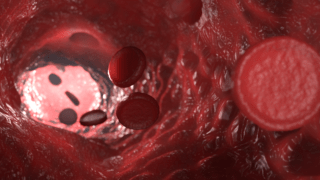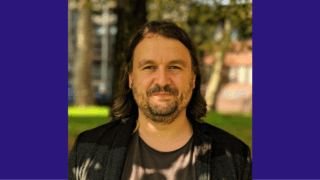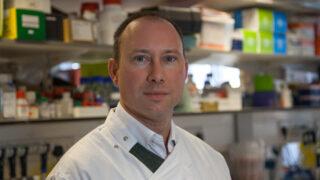Latest News
Search News
Categories
Archives
Mapping the emergence of treatment resistance in leukaemia
28th September 2021
Research led by Barts Cancer Institute, Queen Mary University of London, has identified a new role for a group of cells called adipocytes in contributing to treatment resistance in a type of leukaemia. Published in Nature Communications, the findings broaden the understanding of resistance pathways in blood cancer cells, which is critical for developing novel treatment strategies to improve outcomes for people with leukaemia.
Read moreTackling blood cancer with Blood Cancer UK
10th September 2021
This Blood Cancer Awareness Month, find out about the Blood Cancer UK-funded research projects currently underway at the Barts Cancer Institute, which span from looking at the specific genetic changes that drive blood cancer development, to identifying new treatment strategies to improve the outcomes for patients.
Read moreBCI researcher receives UKRI Future Leaders Fellowship Award
9th September 2021
Dr Benjamin Werner from Barts Cancer Institute, Queen Mary University of London, is one of the next generation of UK science leaders to receive funding through UK Research and Innovation’s (UKRI) Future Leaders Fellowships scheme. Dr Werner will receive an award of approximately £1.4 million, which will support a research project looking at the evolutionary dynamics of circular extra-chromosomal DNA (ecDNA) in human cancers.
Read moreCombining medicine with blood cancer research
3rd September 2021
This Blood Cancer Awareness Month, we spoke with Dr John Riches, Clinical Senior Lecturer at Barts Cancer Institute (BCI), Queen Mary University of London. Dr Riches is a clinician scientist who splits his time between BCI where he leads a group researching blood cancer in our Centre for Haemato-Oncology and directs the MSc Cancer & Clinical Oncology Programme, and St Bartholemew’s Hospital where he treats blood cancer patients.
Read moreMiguel Ganuza receives ASH Global Research Award
24th August 2021
Congratulations to Dr Miguel Ganuza from Barts Cancer Institute, Queen Mary University of London, who has been selected by the American Society of Hematology (ASH) to receive the 2021 ASH Global Research Award. Dr Ganuza is one of twelve talented early-career investigators selected for this award.
Read moreHPV screening for cervical cancer prevention
3rd August 2021
Professor Jack Cuzick, Director of the Wolfson Institute of Preventive Medicine at Queen Mary University of London and Theme Lead for Cancer Prevention & Risk Reduction at the Cancer Research UK Barts Centre, has been awarded a Queen Mary Impact Award for his research on human papilloma virus (HPV) screening for cervical cancer, which has transformed cervical cancer prevention programmes worldwide.
Read more





